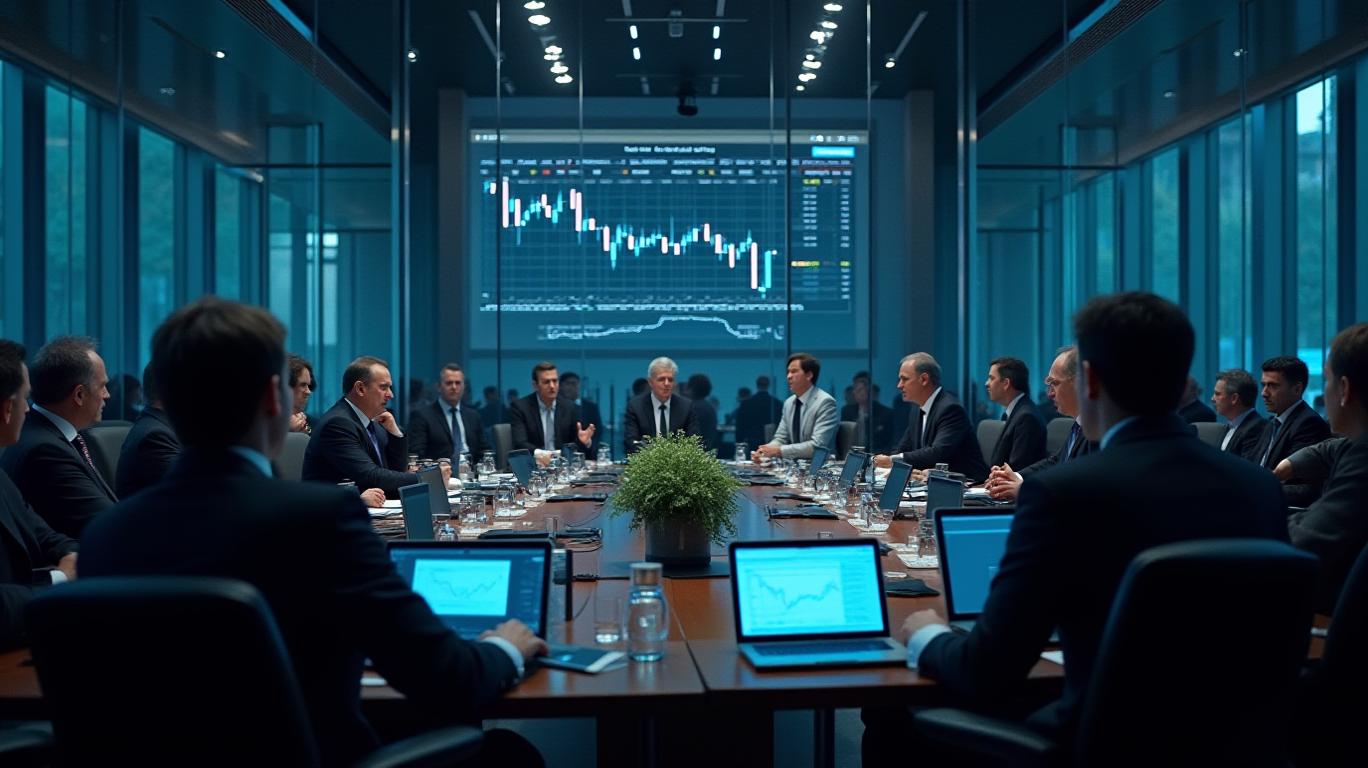UBS's Strategic Share Buyback: A Catalyst for Value Creation and Shareholder Returns
The completion of UBS's CHF1.7 billion share buyback program in 2025 marks a pivotal moment in the bank's ongoing commitment to maximizing shareholder value. By strategically repurchasing shares,
has demonstrated confidence in its capital position while addressing dilution, boosting earnings per share (EPS), and signaling undervaluation. This article dissects how UBS's buyback strategy aligns with its financial health, operational priorities, and market positioning.
The Buyback in Context: A Decade of Capital Allocation Discipline
UBS has systematically utilized share buybacks since 2015, with cumulative repurchases exceeding CHF25 billion. The current CHF1.7 billion tranche, part of a broader $3 billion 2025 plan, reflects a disciplined approach to capital management. This strategy is underpinned by UBS's robust capital buffer: its CET1 ratio of 14.3% (as of Q1 2025) exceeds regulatory requirements and management targets, providing ample room for buybacks without compromising safety.
Impact on Financial Metrics: Dilution Mitigation and EPS Growth
Share buybacks directly reduce the number of outstanding shares, countering dilution from employee stock plans and acquisitions (e.g., Credit Suisse). By shrinking the share count, UBS enhances EPS growth organically. For instance, the CHF1.7 billion buyback likely reduced outstanding shares by ~2%, boosting EPS by a proportional amount. This effect is critical in an era of stagnant net interest margins and macroeconomic uncertainty.
Valuation multiples such as P/E ratios also benefit from buybacks. With fewer shares and higher EPS, UBS's stock becomes more attractive relative to peers, especially as it operates in a consolidating European banking sector.
Strategic Priorities: Undervaluation Signal or Organic Growth Trade-Off?
Critics may argue that buybacks divert capital from organic growth. However, UBS's focus on buybacks underscores two realities:
1. Undervaluation: UBS's P/B ratio of ~1.0 (as of May 2025) suggests the market undervalues its franchise strength and cost-saving synergies from the Credit Suisse acquisition. By repurchasing shares at these levels, UBS is effectively “buying cheap.”
2. Regulatory and Integration Realities: UBS faces rising legal costs (e.g., a $511M DOJ settlement) and regulatory uncertainty in Switzerland. In this environment, returning capital to shareholders becomes a safer priority than risky organic expansion.
Conclusion: A Compelling Case for Immediate Action
UBS's completion of the CHF1.7 billion buyback is more than a financial maneuver—it's a strategic statement. By maintaining a strong CET1 ratio, leveraging integration savings, and executing buybacks amid regulatory headwinds, UBS signals its conviction in its long-term value. Investors should view this as a buy signal: UBS is trading at a discount to its intrinsic worth, and buybacks are accelerating shareholder returns.
The data is clear: UBS's capital allocation is optimized for value creation. With further buybacks planned and a CET1 buffer that supports continued repurchases, now is the time to position in this undervalued banking giant.
Act now before the market catches up to UBS's true potential.

Comments
No comments yet